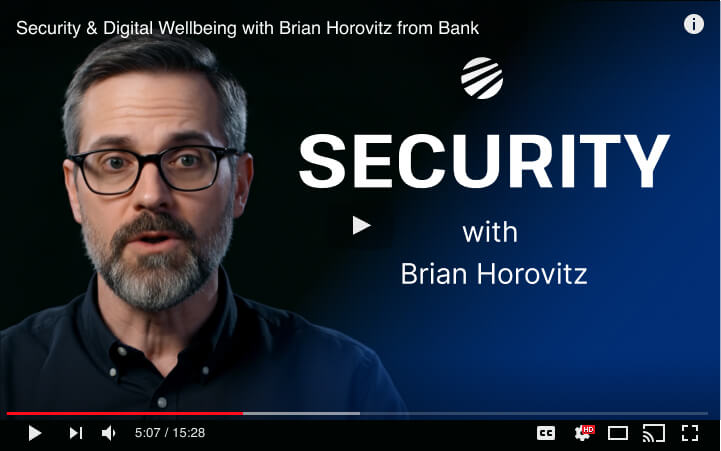In today's digital world, your financial information is constantly at risk from increasingly sophisticated cyber threats. Data breaches, phishing attacks, and malware have become more targeted and complex, putting your bank accounts, investment portfolios, and personal identity at greater risk than ever before. The financial consequences of these attacks can be devastating—from drained accounts and stolen identities to damaged credit scores that can take years to repair. However, by implementing robust cybersecurity practices, you can significantly reduce your vulnerability and protect your financial well-being. Whether you're managing personal finances or business accounts, these essential security measures will help safeguard your financial future.
Use Strong, Unique Passwords and Multi-Factor Authentication
The first line of defense for your financial accounts is strong authentication. Create complex passwords that include a mix of uppercase and lowercase letters, numbers, and special characters—and never reuse passwords across different accounts. Even better, enable multi-factor authentication (MFA) whenever available. MFA adds an extra layer of security by requiring something you know (password) and something you have (like a code sent to your phone), making unauthorized access significantly more difficult even if your password is compromised.
Monitor Your Accounts Regularly
Early detection is crucial in minimizing damage from financial fraud. Set up account alerts to notify you of unusual activity, such as large transactions or logins from unfamiliar devices or locations. Review your bank and credit card statements at least weekly, and check your credit reports from all three major bureaus (Experian, Equifax, and TransUnion) at least quarterly. Many financial institutions offer real-time monitoring tools through their mobile apps, making it easier than ever to keep an eye on your accounts.
Secure Your Devices and Networks
The devices and networks you use to access financial information can be vulnerable entry points for cybercriminals. Keep your operating systems, browsers, and security software updated with the latest patches. Use encrypted connections (look for "https" and a padlock icon in your browser) when accessing financial websites, and avoid conducting financial transactions on public Wi-Fi networks. Consider using a virtual private network (VPN) for an additional layer of encryption when accessing sensitive information outside your home network.
